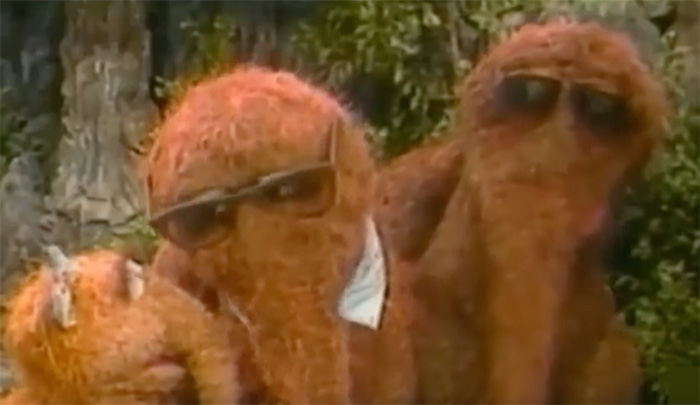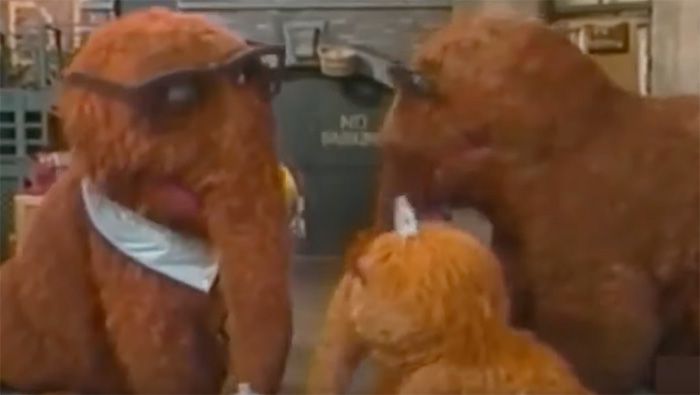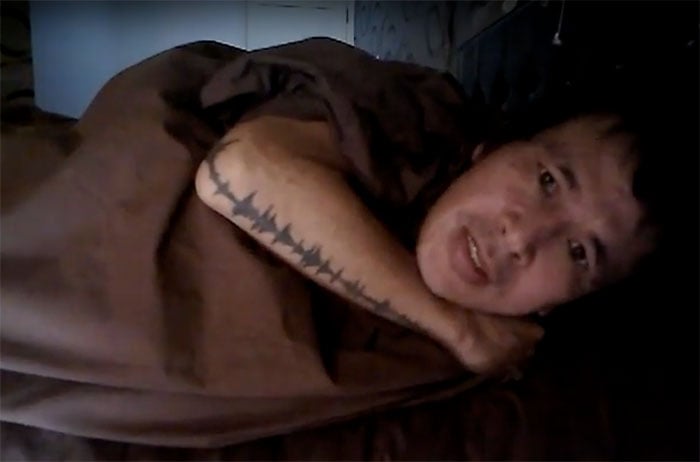
Sesame Street, a show renowned for addressing complex life issues such as death, adoption, marriage, and birth, ventured into the sensitive topic of divorce in 1992. This led to the creation of an unaired episode featuring the divorce of Mr. Snuffleupagus’s parents, reflecting a bold step by the Children’s Television Workshop in tackling real-life issues.
The Inception of the Idea
The idea to explore divorce on Sesame Street began as early as 1989. Jon Stone, a writer/director for the show, expressed interest in examining divorce and its impact on children. Despite initial hesitation, the increasing divorce rates in the United States, affecting 40 percent of children, prompted the show’s creators to reconsider.
Choosing the Narrative
The choice of narrative was crucial. Producer-director Lisa Simon and other members of the crew debated whether to use Muppet characters or the human cast to approach this delicate subject. Eventually, they settled on using the Muppet characters, specifically the family of Mr. Snuffleupagus, as it was perceived to be less intimidating for young viewers.
The Unaired Episode: “Snuffy’s Parents Get a Divorce”
Written by Norman Stiles, the episode titled “Snuffy’s Parents Get a Divorce” was planned to air on April 10, 1992. Despite the careful scripting and revisions suggested by the advisory board and developmental psychologists, the episode faced significant challenges.
The Impact on Test Audiences
The test audience was carefully selected to represent the diverse demographic of Sesame Street viewers. The age range primarily included preschool-aged children, the core audience of the show. These young viewers were the most vulnerable and impressionable, making their reactions particularly significant.
The children’s reactions were more intense and confused than anticipated. Key observations from the screening included:
-
Misunderstanding of Divorce: Many children misunderstood the concept of divorce. They were unclear about where Snuffy’s father would live and had a pervasive fear that he had left permanently, never to return. This confusion led to a sense of abandonment, contrary to the episode’s intention.
-
Emotional Impact: The episode’s portrayal of the Snuffleupagus children’s emotional response to their parents’ divorce was deeply affecting. Scenes where the children expressed sadness or frustration, such as Alice pounding her teddy bear, were particularly impactful. These scenes, meant to depict a natural emotional response, were misinterpreted by some children, with some believing Alice was harming the teddy bear out of anger.
-
Parental Arguments and Divorce: The episode attempted to convey that arguments between parents do not necessarily lead to divorce. However, this message was not clearly understood by the children. Many equated any parental disagreement with an inevitable divorce, indicating a gap in their comprehension of relationship dynamics.
-
Negative Messages: The children came away with unintended negative messages from the episode. Some expressed the belief that parental divorce could mean the parents no longer love their children. This misconception was particularly concerning to the creators, as it could instill unwarranted fears and insecurities in young viewers.
As a result, Valeria Lovelace, the research director, recommended abandoning the episode.
The Aftermath and Legacy
The decision to not air the episode led to discussions about revisiting the topic in the future, perhaps in a different format. Although the episode was never broadcasted, a screenshot from it appeared in “40 Years of Life on the Street.” Noel MacNeal performed as Daddy Snuffleupagus, while Lynn Hippen voiced Mommy Snuffleupagus.

Two decades later, in 2012, the subject of divorce was revisited in an educational resource video titled “Little Children, Big Challenges: Divorce.” Additionally, a scene from the unaired episode was screened publicly for the first time in November 2019 at the Jim Henson Legacy’s “Sesame Street ‘Lost and Found'” event, and later featured in the 2021 documentary “50 Years of Sunny Days.”
Conclusion
Sesame Street’s attempt to address divorce in 1992 showcases the challenges of discussing complex social issues with young audiences. The unaired episode stands as a testament to the show’s commitment to educational content, even when faced with difficult topics. It also highlights the importance of understanding and addressing the emotional needs of children in educational programming.








